-
Welcome to Tacoma World!
You are currently viewing as a guest! To get full-access, you need to register for a FREE account.
As a registered member, you’ll be able to:- Participate in all Tacoma discussion topics
- Communicate privately with other Tacoma owners from around the world
- Post your own photos in our Members Gallery
- Access all special features of the site
Gas Octane
Discussion in '2nd Gen. Tacomas (2005-2015)' started by BreezyTaco, May 9, 2009.
Page 31 of 51
Page 31 of 51


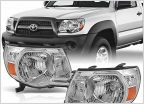 Amazon JBT replacement headlight enclosure
Amazon JBT replacement headlight enclosure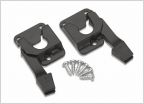 Anyplace to buy JUST the hardware for the bed extender?
Anyplace to buy JUST the hardware for the bed extender?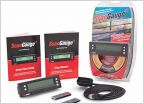 Another scangauge question
Another scangauge question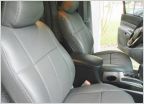 Seat covers
Seat covers Trailer connector relocate
Trailer connector relocate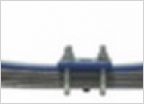 Everyman's Suspension Upgrade
Everyman's Suspension Upgrade
